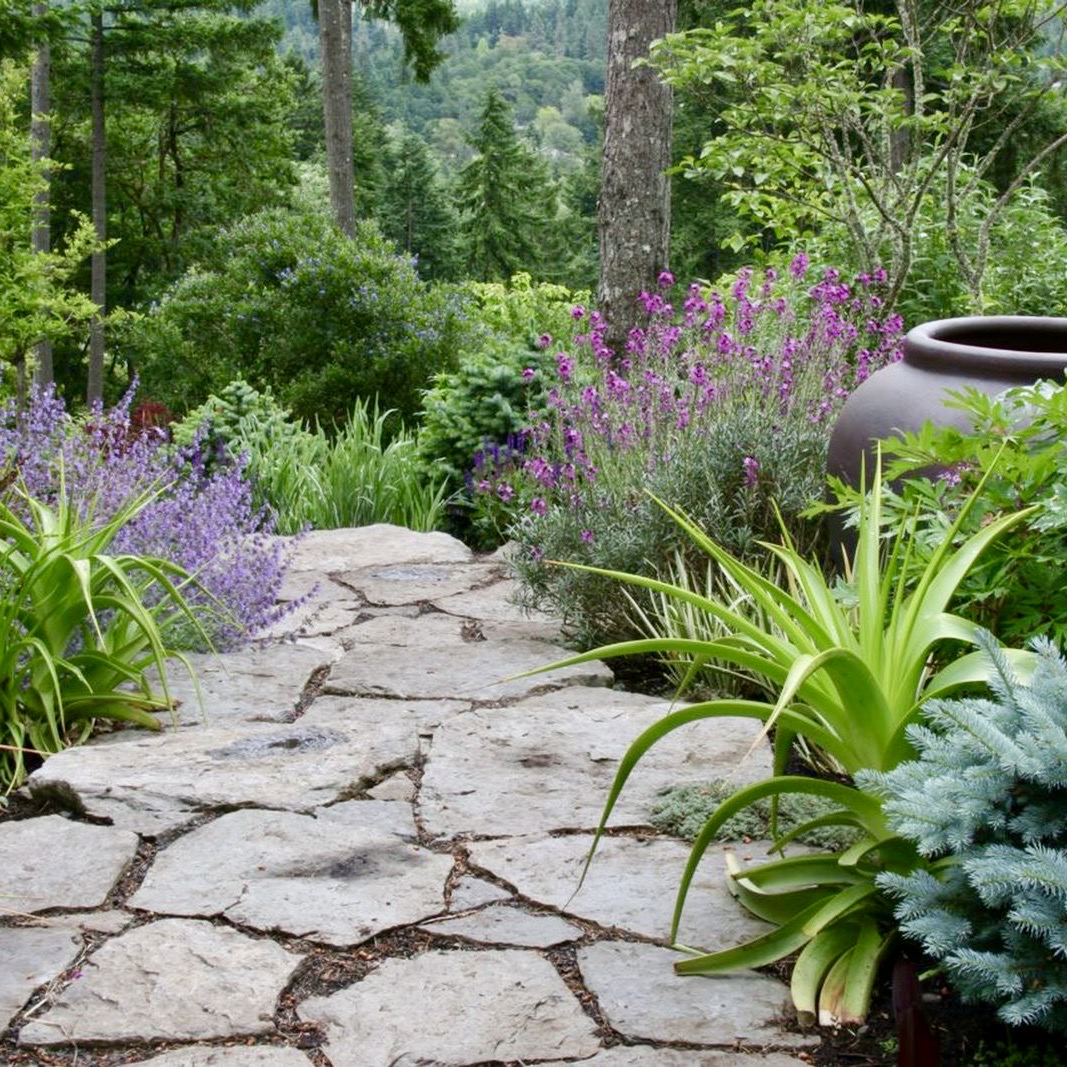Victoria’s Secret to Better Health: The Benefits of Gardening in the “City of Gardens”
Gardening has gained recognition in medical and academic circles as a low-impact, high-reward activity
Need help with your yard? Get your free quote today!
Get a Free Quote!
VICTORIA, B.C. — Spend an afternoon wandering the leafy streets of Victoria, and it’s easy to see why this Pacific Northwest capital is often called the “City of Gardens.” From the manicured grandeur of the Butchart Gardens to the tidy raised beds tucked behind weathered fences, horticulture is woven into the cultural and civic fabric. Yet beyond the postcard-perfect blooms and elegantly sculpted hedges, recent research and anecdotal evidence suggest that the city’s deep horticultural heritage may yield a quieter bounty: improved health and wellbeing for its residents.
It’s not just a local craze or a quaint pastime. Gardening has gained recognition in medical and academic circles as a low-impact, high-reward activity—something akin to a personal prescription for overall wellness. According to a wealth of studies, regular exposure to green spaces and light physical labor can reduce stress, improve cardiovascular fitness, bolster mental health, and even counteract social isolation. For a region with moderate winters and temperate summers, Victoria’s year-round growing season makes these benefits more accessible than in many other parts of North America.
Consider the case of James Porter, a 62-year-old Victoria native who, after a stressful career in real estate, found unexpected solace in the soil. “I had never grown a thing in my life until I retired,” he says. “But after I started working a small plot in my backyard—just tomatoes, kale, a few herbs—I noticed I was sleeping better. My blood pressure went down, and I felt less anxious.” Porter’s experience, though anecdotal, resonates with broader findings: that tending a garden can serve as a form of gentle exercise, help maintain mobility and strength, and foster a sense of accomplishment and purpose.
Victoria’s community gardens are also playing a role in public health. Organizations like LifeCycles and the Compost Education Centre have turned formerly vacant lots into thriving collective farms, bringing neighbors together to share seeds, tools, and know-how. The benefits extend beyond fresh produce. In a time when loneliness is increasingly recognized as a public health concern, communal gardening provides a built-in social network. People meet in the raised beds, forge friendships over garden hoses, and leave with more than just baskets of vegetables. The mental health improvements—reduced stress hormones, heightened mood, and a sense of belonging—are benefits that are harder to measure but no less profound.
Local physicians are taking note. Dr. Sarah Holmes, a family practitioner in the area, occasionally “prescribes” gardening to patients struggling with mild depression, anxiety, or early signs of chronic lifestyle diseases. “I don’t mean it in a flippant way,” she says. “I suggest they try just a half-hour of light gardening a few times a week. Getting outside, connecting with the natural world, and engaging in simple physical activity can complement conventional treatments. We see real improvements in patients who incorporate it into their routines.”
There are also intangible payoffs. For many urban dwellers and apartment residents in Victoria, community gardens provide a precious link to nature. Studies have shown that exposure to natural environments can improve concentration, reduce mental fatigue, and boost creativity. Local schools have taken the lesson to heart, integrating garden-based learning into their curricula. Teachers at South Park Family School, for instance, report that students who struggle with attention in the classroom often flourish outdoors, busying themselves with planting seeds, measuring stem growth, or observing pollinators at work. The students learn biology firsthand while reaping the calming influence of the open air and greenery.
Beyond the psychological and social factors, the nutritional angle cannot be ignored. Gardening encourages a deeper connection with one’s food supply. Growing your own produce often leads to healthier eating habits. Residents who tend to their own lettuce, radishes, and raspberries are more inclined to consume these fruits and vegetables regularly, thereby cutting down on highly processed foods. Over time, this dietary shift can help manage weight, reduce the risk of chronic diseases such as diabetes and heart disease, and contribute to a healthier population overall.
Of course, Victoria’s mild maritime climate is a garden enthusiast’s dream environment, which not every city can replicate. Yet its lessons are scalable. Urban planners, public health officials, and community leaders elsewhere are already taking cues from cities like Victoria to introduce pocket parks, rooftop gardens, and neighbourhood green hubs. These small interventions can collectively enhance community resilience and improve quality of life.
As residents all over the world continue to grapple with modern ailments—stress, sedentary lifestyles, and the isolation of the digital age—Victoria offers a tangible blueprint for healthy living rooted quite literally in the ground. The act of planting a seed and watching it grow reminds us that wellness often thrives at the intersection of nature, community, and individual effort. For those who call the “City of Gardens” home, good health might be as close as the nearest trowel and a sunny patch of soil.
